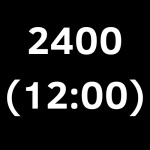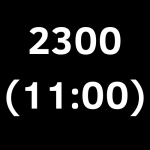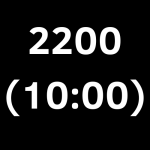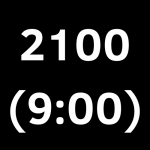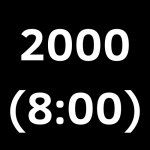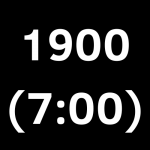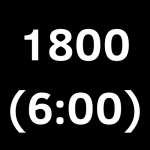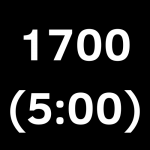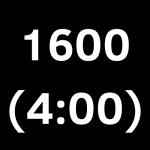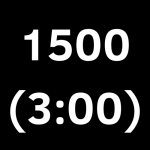Introduction
Timekeeping is a fundamental aspect of our lives, organizing our routines, work, and social events. While most of us are well-acquainted with the 12-hour clock, there’s another time format widely used across various sectors worldwide: Military Time. This post will delve into 2300 Military Time, explain what it is, and offer a handy guide to converting military time to standard time.
Understanding Military Time
Military Time, also known as the 24-hour clock, is a time format that runs from midnight to midnight, divided into 24 hours. Unlike the standard 12-hour clock, which splits the day into two periods (AM and PM), the 24-hour clock format counts the hours from 0 to 23. This method eliminates any confusion between morning and evening times.
When comparing the two, the primary difference is how they signify the hours. The standard time indicates the hours from 1 to 12, followed by either AM (ante meridiem) for hours before midday, and PM (post meridiem) for hours after midday. On the other hand, Military Time begins at 0000 (midnight) and ends at 2359, removing the need for AM and PM markers.
Converting Military Time to Standard Time
So, how do we convert Military Time, specifically 2300 hours, to standard time? The process is straightforward. Here’s a step-by-step guide:
- Identify the Military Time: In this case, it’s 2300 hours.
- Check if it’s Greater Than 1200: Military time of 2300 is more significant than 1200.
- Subtract 1200: When the Military Time is greater than 1200, subtract 1200 from it. This gives you 1100.
- Convert to Standard Time: The result is the standard time equivalent but in a four-digit format. To convert 1100 to an understandable standard time, consider the first two digits as the hour and the last two as minutes. Therefore, 1100 becomes 11:00.
- Add PM: Since the original Military Time was greater than 1200, this is a post-meridiem or PM time. So, 2300 Military Time is 11:00 PM Standard Time.
Here’s a quick tip for converting Military Time to standard time: for any Military Time from 1300 to 2359, just subtract 12 from the hours, and add a PM!
Practical Uses of Military Time
Though named ‘Military Time,’ 24-hour time format is not exclusive to the military. It’s used across various sectors, including aviation, computing, hospitals, emergency services, and even public transport schedules. The format offers clarity and leaves no room for misunderstanding, especially in operations where precision is crucial.
For instance, in a hospital setting, medication and treatments are often time-sensitive. Using Military Time eliminates confusion that could arise from AM/PM mix-ups. Similarly, in the aviation industry, flight schedules are coordinated using Military Time to maintain universally understood communication.
Addressing Misconceptions
Some common misconceptions about Military Time often deter people from using it. Let’s debunk these myths:
- Military Time is hard to understand: Not true. It’s simply a matter of habit. Once you get the hang of it, you’ll find it as easy as standard time.
- Military Time is only used by the military: While it’s widely used in the military, many civilian sectors, like healthcare, aviation, and computing, also use it.
- Converting Military Time to standard time requires complex calculations: Converting Military Time to standard time, and vice versa, is relatively straightforward once you know the method.
Remember, understanding any new concept requires open-mindedness and practice. So don’t shy away from trying this clear, practical time format.
Conclusion
Understanding Military Time and its conversion can be a useful skill, avoiding confusion and ensuring clear communication. It’s especially beneficial for those interacting with sectors using this time format or for those wishing to adopt a 24-hour schedule.
So, the next time you come across 2300, you’ll know it’s 11:00 PM standard time. And who knows? You might find you prefer this “military precision” in your civilian life. Time will tell! So, whether you’re a curious individual or someone looking to expand their timekeeping skills, this guide has hopefully provided valuable insight into 2300 Military Time. Keep practicing, and soon enough, converting military time will become second nature. Happy timekeeping! Keep track of your day with ease using the simple but efficient Military Time format.
To delve deeper into the world of Military Time, its conversions, and applications, please visit our website. Here, you will find a wealth of resources including additional conversion guides, in-depth articles, and interactive tools to help you master Military Time. Don’t let time confuse you – Military time Chart make you a pro at understanding and using the 24-hour clock.

